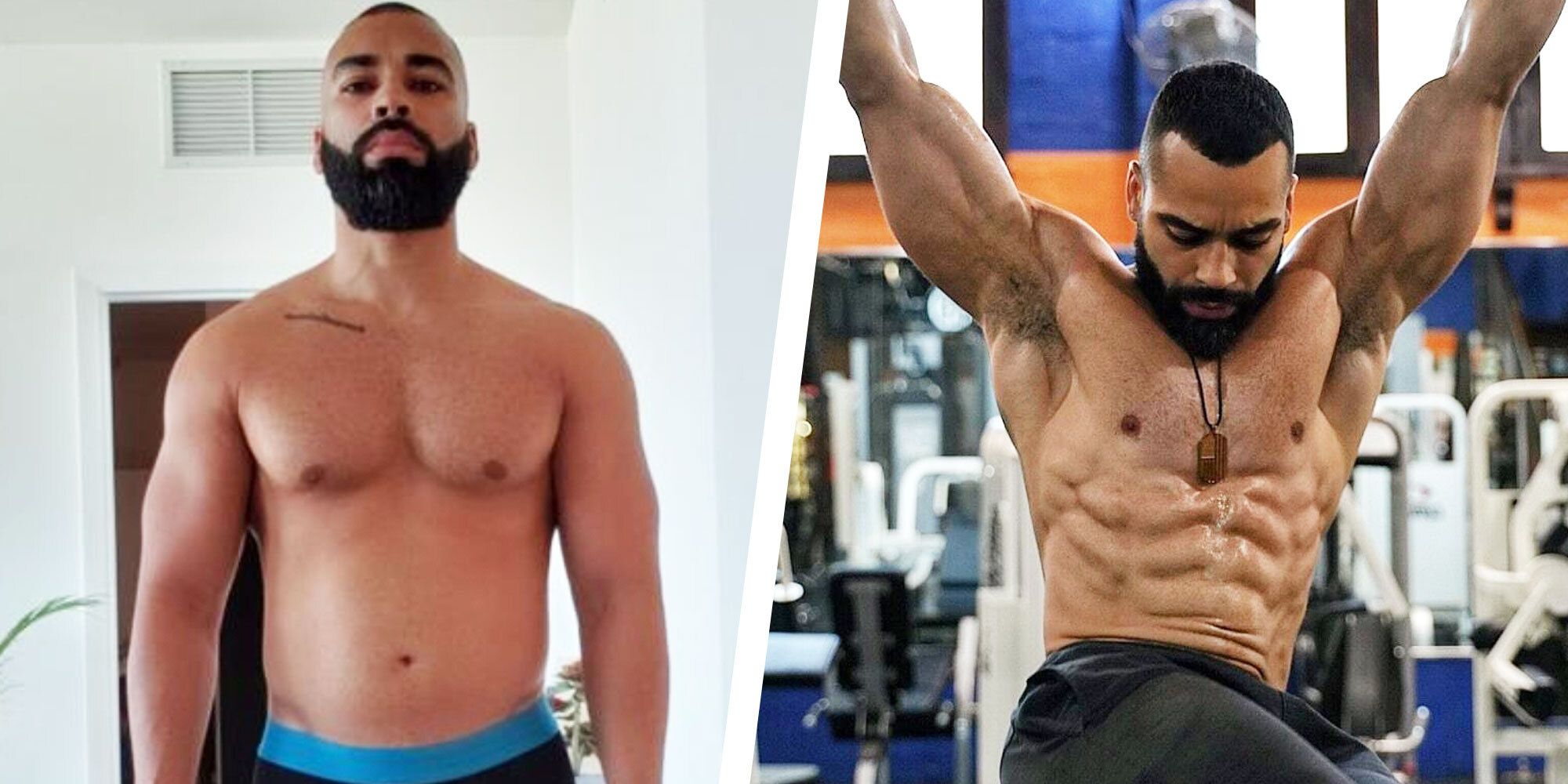
Many women dislike the look of their legs. With leg workouts for women, they can get sexy and toned legs in a matter of 10 to 20 minutes. Try exercises that increase strength in the lower part of your body for best results. Here are some leg exercises for women to start. These workouts will make your legs long, strong and muscular. These simple exercises can be done every day for five minutes.
Many leg workouts are suitable for women. These workouts are safe and require no equipment or complicated movements. These routines can be done with either free weights or gym machines. Warm-ups are important to avoid injury and get the most from your leg workouts. After you have warmed up, focus on activating your muscles. Health professionals use activation exercises for addressing compensation issues and improving overall health.

Then, focus on your leg muscles by performing the following exercise: The calf muscle. Squeeze your lower leg toward your butt. Now, lift your lower leg 90 degrees towards your butt. Do this for 20 repetitions. If you can't stand the pain, try using a machine to lift your leg. To tone your legs, the calf muscles are particularly effective.
Leg exercises for women offer more than just a beautiful appearance. It improves your functional strength, which supports your back and core. Your lower body's largest muscle groups are also responsible for supporting other body areas, like your arms and shoulders. It will be easier to exercise the other parts of your body, and it will also help maintain your overall health. This is the most important element of a leg training program, so add it to your fitness regimen.
Begin by lying on your back, with your legs straight out in front of you. Lay a towel flat on the floor. Next, lift your right foot by lifting your heel and placing your hands on your knees. You can then return to the original position and continue with the exercise. After you've done this exercise, make sure to stretch your calf muscles to ensure that they are strong and supple. It will help with your fitness goals, and it will make you look great.

For beginners, it is important to choose exercises that focus on the lower part of their body. The basic Squat is a great leg workout for women and should be done by everyone. By adding more exercises, you can raise the difficulty. For more advanced lifters, you can incorporate single-leg movements, hip-hinge, and plie. Focusing on your quadriceps is a good idea when you are working out your legs. These muscles are the primary ones in the lower half.
FAQ
What are 10 healthy habits?
-
Get breakfast every morning.
-
Don't skip meals.
-
Keep a balanced diet.
-
Get plenty of water.
-
Take care to your body.
-
Get enough rest.
-
Avoid junk food.
-
Get at least one form of exercise each day.
-
Have fun
-
Make new friends
How do I count calories?
You might be asking "What is the best diet?" or "is counting calories necessary?" Well, the answer depends on several factors including your current health status, your personal goals, your preferences, and your overall lifestyle.
The Best Diet - Which One Is Right To You?
The best diet for me depends on my current health status, my personal goals, my preferences, and my overall lifestyle. There are many diets out there, some good and some bad. Some diets work better than others. So what do I do? How do I make the right decision?
This article aims at answering these questions. It begins with an overview of the different diets today. Then we will discuss the pros & cons of each kind of diet. We'll then discuss how to choose which one is best for you.
Let's begin by briefly reviewing the different types and diets.
Diet Types
There are three main types of diets: low fat, high protein, and ketogenic. Let's briefly discuss them below.
Low Fat Diets
A low-fat diet restricts fat intake. This is accomplished by decreasing the intake of saturated fats such as butter and cream cheese. They are replaced by unsaturated fats such as avocados, olive oil, and cream cheese. Low fat diets are often recommended to those who wish to lose weight quickly. This kind of diet could cause problems like constipation or heartburn and indigestion. In addition, it may lead to vitamin deficiencies if a person doesn't get enough vitamins from their food.
High Protein Diets
High-protein diets limit carbohydrates and favor proteins. These diets often have higher levels of protein than most other diets. They are meant to help build muscle mass and burn more calories. The downside is that they may not provide adequate nutrition for someone who needs to eat regularly. They can also be very restrictive so they may not be suitable for everyone.
Ketogenic Diets
Also known as keto diets, ketogenic diets are also called keto diets. They are high-fat and low in carbs and protein. They are typically used by athletes and bodybuilders because they allow them to train harder and longer without getting tired. However, they must be used with caution to avoid nausea, headaches and fatigue.
How do you measure body fat?
A Body Fat Analyzer (BFA) is the best method to measure bodyfat. These devices can be used to measure body fat percentages in people who are trying to lose weight.
Exercise: Good or bad for immunity?
Exercise is good for your immune system. Exercise increases white blood cell production, which helps fight off infection. Your body also removes toxins. Exercise can help prevent heart disease and cancer. Exercise also helps to reduce stress levels.
However, exercising too much can weaken your immune system. You can cause muscle soreness by working out too hard. This causes inflammation, swelling, and can even lead to death. Your body will then produce more antibodies in order to fight infections. These extra antibodies can lead to allergies or autoimmune disorders.
So, don't overdo it!
Statistics
- nutrients.[17]X Research sourceWhole grains to try include: 100% whole wheat pasta and bread, brown rice, whole grain oats, farro, millet, quinoa, and barley. (wikihow.com)
- In both adults and children, the intake of free sugars should be reduced to less than 10% of total energy intake. (who.int)
- Extra virgin olive oil may benefit heart health, as people who consume it have a lower risk for dying from heart attacks and strokes according to some evidence (57Trusted Source (healthline.com)
- This article received 11 testimonials and 86% of readers who voted found it helpful, earning it our reader-approved status. (wikihow.com)
External Links
How To
What does "vitamin" actually mean?
Vitamins can be described as organic compounds found in food. Vitamins allow us to absorb nutrients from food. Vitamins are not made by the body, so they must be obtained through food.
There are two types of vitamins: water soluble and fat soluble. Water-soluble vitamins dissolve in water easily. Examples include vitamin C,B1 (thiamine), B2 (riboflavin), B3 (niacin), B6 (pyridoxine), folic acid, biotin, pantothenic acid, and choline. The liver and fatty tissues are home to fat-soluble vitamins. Some examples include vitamin D and E, K, A and beta carotene.
Vitamins are classified according to their biological activity. There are eight major types of vitamins:
-
A - Vital for normal growth and maintaining good health.
-
C is important for nerve function and energy production.
-
D - Vital for healthy bones and teeth
-
E is needed for good reproduction and vision.
-
K - essential for healthy muscles, nerves, and bones.
-
P - vital for building strong bones andteeth.
-
Q – aids digestion of iron and iron absorption
-
R is required for the production of red blood cells.
The recommended daily allowance (RDA) of vitamins varies depending on age, gender, and physical condition. The U.S. Food and Drug Administration has established the RDA values.
For adults over 19 years, the RDA is 400 mg per day for vitamin A. Pregnant women require 600 micrograms daily to support fetal development. Children ages 1-8 require 900 micrograms per day. Infants under one year of age require 700 micrograms per day, but this amount decreases to 500 micrograms per day between 9 months and 12 months of age.
Children between the ages of 1-18 need 800 micrograms per daily for obesity, while children overweight require 1000 micrograms. Children underweight or obese will need 1200 mg per day.
Children aged 4-8 years old who have been diagnosed as having anemia require 2200 micrograms of vitamin C per day.
2000 micrograms daily is required for adults over 50 to maintain their general health. Because of their higher nutrient needs, women who are pregnant or nursing need 3000 mg per day.
Adults over 70 need 1500 micrograms daily, as they lose 10% of their muscle every ten years.
Women who are pregnant or lactating need more than the RDA. Pregnant woman need 4000 micrograms daily in pregnancy, and 2500 per day after childbirth. Breastfeeding mothers need to consume 5000 micrograms every day when breastmilk has been produced.